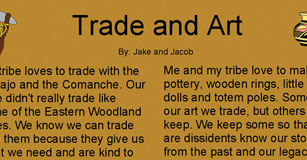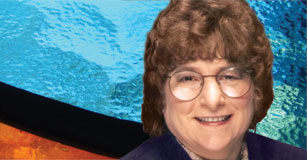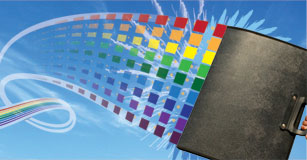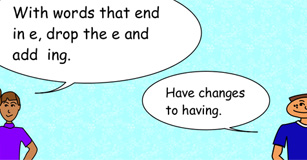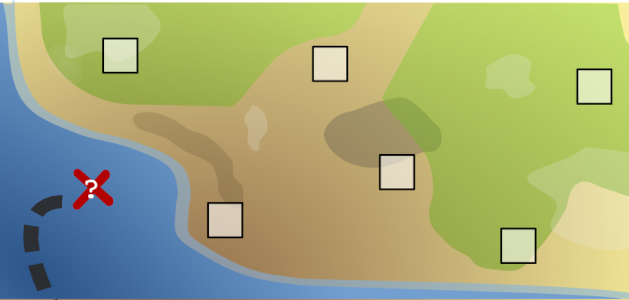Action Research Leader
An interview with Dick Sagor
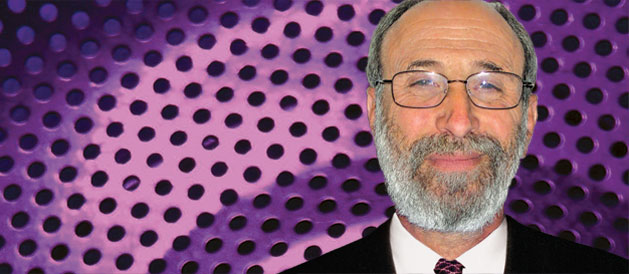
I had the privilege of speaking with Dick Sagor, a pioneer in action research. Dick has been assisting schools, districts, and school improvement teams with their efforts to improve student performance, develop professional learning communities, and build capacity through the use of “Collaborative Action Research.” A long-time champion of the power of inquiry as a route to school improvement, Dick is currently the Director of the Institute for the Study of Inquiry in Education.
When did you first start using action research?
I got started with action research when I was still a high school principal. I had heard about it at a conference and read a few articles about it. I thought that maybe it would not only make a difference at my school, but might be a process that my teachers would find attractive. I did some reading and we started doing it at West Linn High School in West Linn, Oregon.
The process caught on quickly, and why not? Who would you rather impress than your colleagues? The process empowered them by helping them show demonstrable success. As the teachers learned the action research process, they began working as teams and departments to take on initiatives they were passionate about. The culture of the school changed because every person was engaged in the part of teaching and learning they were most interested in!
One of the best things we did at West Linn was to meet each spring to celebrate our success. As we learned from more and more researchers and were able to demonstrate more and more success, it became a self-reinforcing cycle. The teachers started to make even more time and energy investments in the process, and twenty years later the process is still flourishing!
The term “research” scares a lot of people away. Why shouldn’t we be afraid?
The idea of research shouldn’t be scary because the inquiry process is something we do naturally. Teachers are constantly thinking about how to do something better. When we finish a lesson or design a new one, we naturally ask ourselves the best way to do it. Then, we observe student reaction and performance during the lesson, and begin thinking about how we might teach it differently next time.
Some of the bad research done to education has conjured up a picture of statistics and tests and information that isn’t comprehensible. I think the negative reaction to the idea of research is a response to some of this bad research, so I often start by calling the process “inquiry.” But the process of collaborative inquiry IS research, and the action research cycle is both natural and comprehensible!
I still like to use the term research because it is a term of esteem. Once you understand what action research is, you begin to share your work by saying, “Let me show you what I found as a result of the research I conducted in my classroom.” It adds a sense of legitimacy and helps you demonstrate real results from the work you are doing. Teachers should be able to wear the title of researcher and walk proud!
What is the most powerful benefit of action research?
Action research has the power to transform school culture. The way educators talk to each other, what we invest in, how we see ourselves as professionals–they are all different when we are doing action research. When action research isn’t going on, it is possible for teachers see themselves as a cog in the machine and simply do what is expected. But when there is culture of inquiry, it becomes part of our job to find out how to do things better, learn from our experience, and share our findings with other. The research process is incredibly enriching, because you can see yourself having an impact. The energy created is amazing.
Research seems dry and boring. Is there any place for creativity and imagination in the process?
Creativity and imagination are absolutely essential to the process! I view teaching, the supporting process of action research, as a form of artistry! As a teacher, I am like an architect who is creating a picture in my mind of something new and exceptional, a classroom operating unlike any classroom I have ever had before. The process begins with my vision of something that does not currently exist. The action research process then helps me figure out how to accomplish that goal... and while I am working, it helps monitor my success.
The second part, where I develop my plan of action, may be even more creative as I choose and develop strategies that I think will help me get there.
Interpreting the data is a creative process as well. This is qualitative research that understands the unique differences of each learner. It should not surprise me that different kids have different reactions to the same lesson. But what does that mean? Cold hard numbers (quantitative research) cannot provide that answer.







